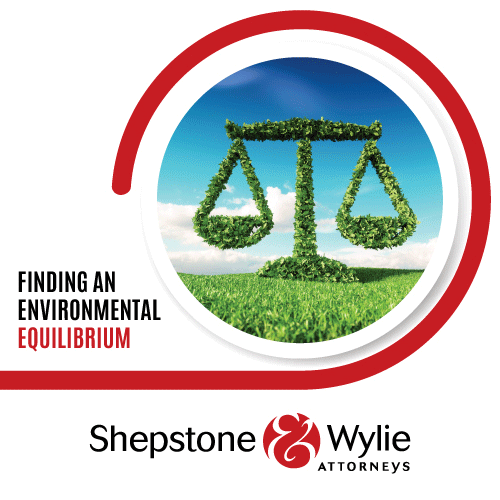EXPOSURE CHARACTERIZATION AND POTENTIAL HEALTH IMPACTS OF DOMESTIC FUEL USE IN HOMES IN KHAYELITSHA, WESTERN CAPE
DOI:
https://doi.org/10.17159/caj/1996/9/5.7105Abstract
The pattern of fuel use in Lower socio-economic class homes in the Western Cape differs from that in Gauteng province, in that the use of paraffn and gas predominates. The degree of exposure to gaseous and particulate pollutants as a result of the use of these fuels is not well documented. It is against this background that the study to assess the potential health impacts of air pollution emitted from domestic fuel use in the Western Cape area was conducted. The project collected data on exposure to air pollution in households using paraffin and/or gas and wood in comparison to those using electricity. The study consisted of a pollution monitoring survey and the administration of a questionnaire in each of the homes selected. Pollutants were measured. These were sulphur dioxide, nitrogen dioxide, carbon monoxide and total suspended particulates. Co-located sampling was also performed in one home of each group, measuring indoor and outdoor concentrations simaltaneously. The results indicate that the homes using mixed fuels had higher levels of indoor air pollution than those which used mainly electricity, or electricity and gas or paraffin. However, these levels were low when compared to coal and wood burning homes in the Gauteng province. This limited exposure assessment study confirms the hypothesis that paraffin (and gas) are cleaner from an air pollution point of view than coal or wood. The respiratory health risks associated with the use of gas and paraffin would therefore be lower than those associated with wood or coal. From an airpollution perspective, the increased use of the former will make a positive contribution. However, promotion of these fuels is constrained by the serious safety concerns around the use ofparaffin in lower socio-economic areas.
Downloads
Downloads
Published
Issue
Section
License

All articles are published under a Creative Commons Attribution 4.0 International License; copyright is retained by the authors. Readers are welcome to reproduce, share and adapt the content without permission provided the source is attributed.








.png)